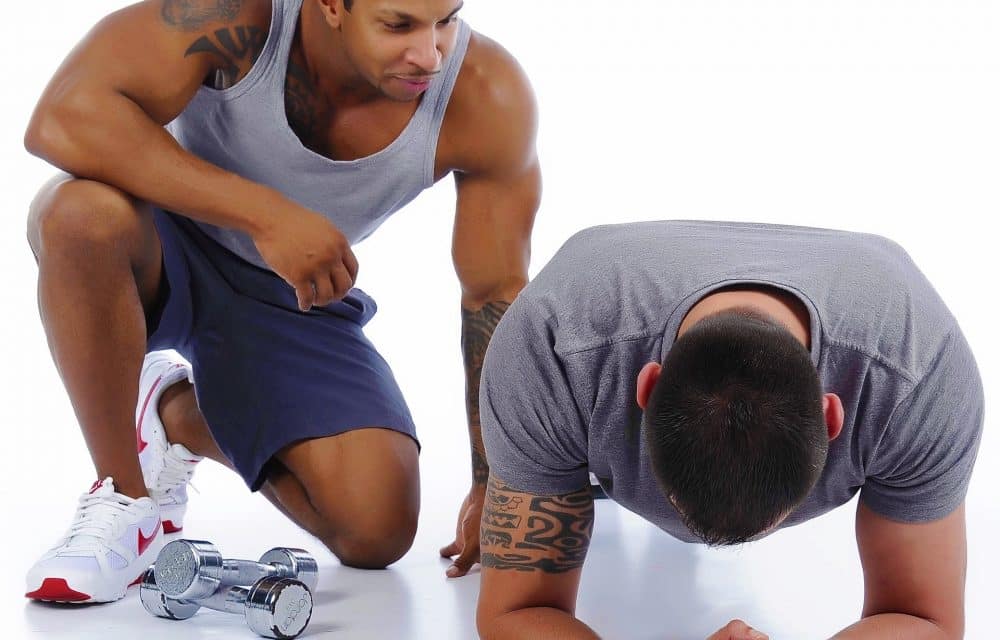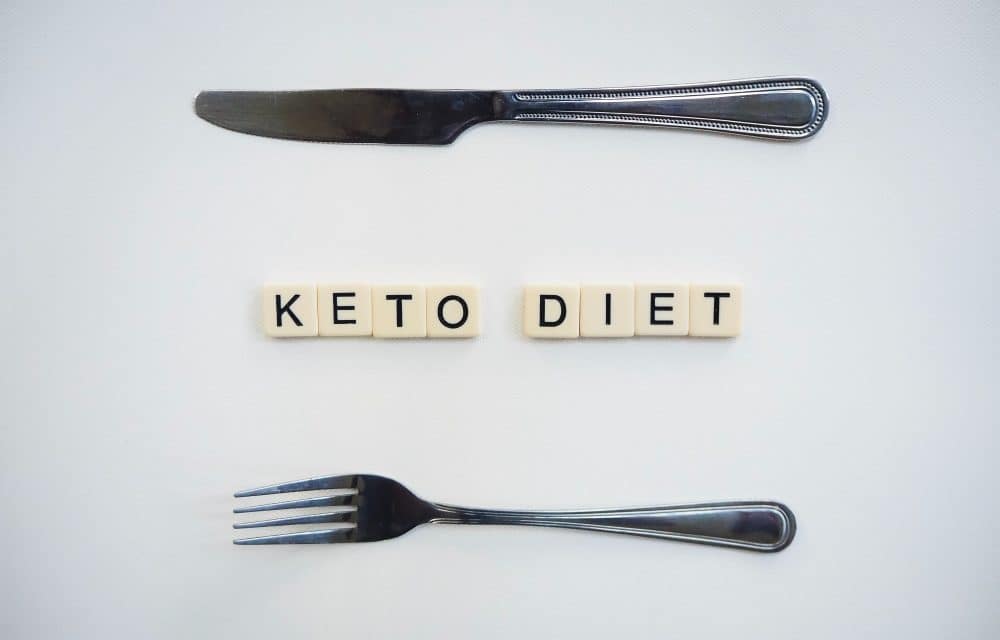The Importance Of Stretching
If you don’t realize the importance of stretching and do a short session during your warm-up, you’ll probably find yourself injured or have a less productive workout. When you exercise at Body Sculptors in Louisville, KY, we include stretching in every workout. It helps improve flexibility and circulates the blood to the extremities to warm them for the upcoming workout. You can do stretching—flexibility exercises after a workout, while the muscles are warmed up and more flexible to improve your range of motion.
Stretching is the body’s natural reaction.
If you’ve ever stretched in the morning or after a tense day at the computer, you don’t think about it, you just do it. It’s a natural reaction to help loosen the muscles. When you wake up with a yawn and a stretch, it’s your body’s way of preparing for the day. Yawning increases oxygen intake. Stretching increases circulation. If you’ve ever watched a cat after a nap, you’ll notice animals automatically stretch. It’s instinctive in them, just as it is in humans.
Exercise, including stretching, can improve posture.
Bad posture can cause health issues and make you look defeated. It can cause headaches, breathing difficulties, incontinence, constipation, and heartburn. Even less known issues like TMJ can be from bad posture. Exercise is the best way to improve posture with strength-building at the lead, followed closely by stretching. It increases the range of motion, loosens muscles, and can help you return to good posture. It loosens muscles that are tight from years of bad habits and weakness.
Stretching before a workout can reduce the build-up of lactic acid.
When you increase your circulation, you’ll also be increasing the oxygen that travels through your body. If your muscles don’t get enough oxygen lactic acid can build. If you’re fit and the workout isn’t hard, it clears relatively quickly. If you’re unfit or perform a grueling workout, it can build up too quickly for the body to remove. Stretching helps shorten the process of removing lactic acid. If it remains it causes lactic acidosis. Lactic acidosis interferes with the body’s pH levels, makes each workout more difficult, and can cause pain.
- A pulled or torn muscle can put you out of commission for weeks or months. It can happen anywhere, not just at the gym. Stretching improves your range of motion to help prevent it.
- When you stretch, it prepares your body to become more active. It helps acclimate the heart for more effort and prevents a sudden
- You’ll build muscle faster if you stretch before doing strength training. Stretching increases your range of motion and prepares your muscles to work muscles on all planes.
- Stretching relaxes tight muscles and gets you in the mood for exercise by changing your focus. It can help increase oxygen in your blood to clear your brain if you stretch during mental activities.
For more information, contact us today at Body Sculptors Personal Training









